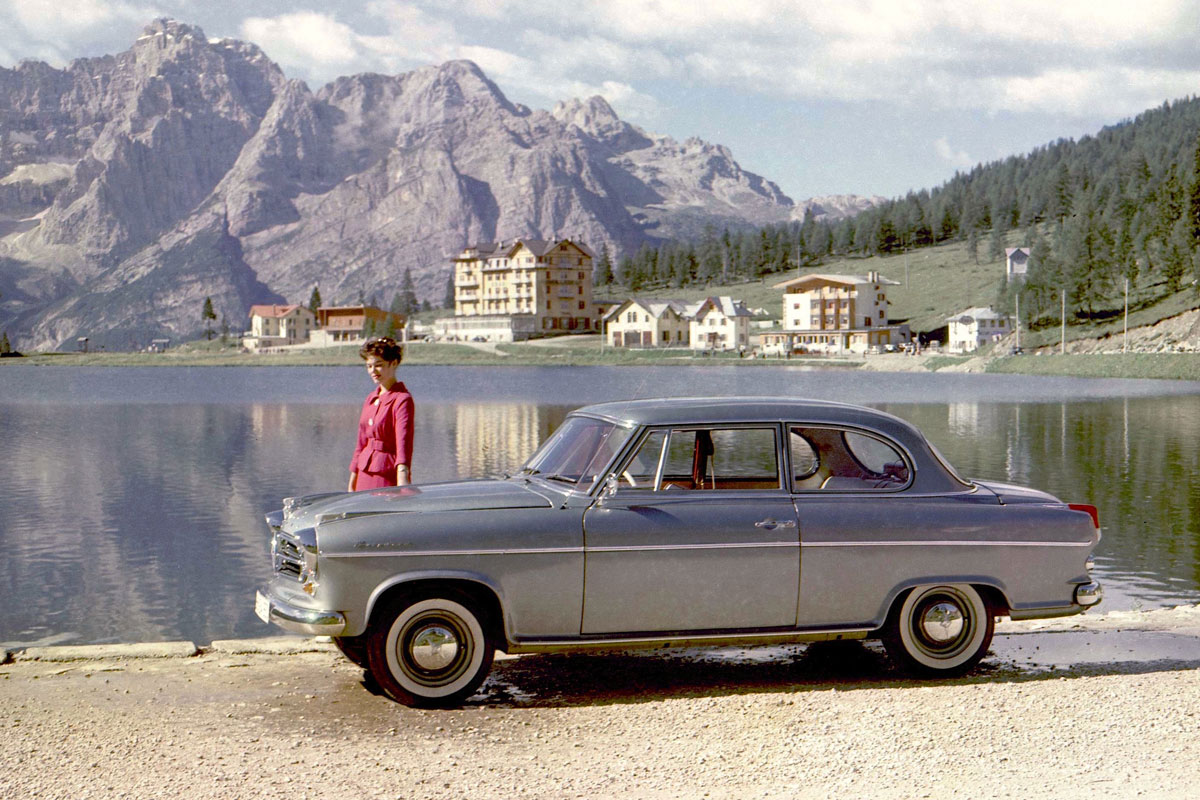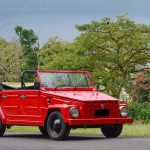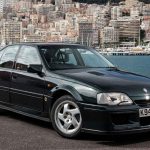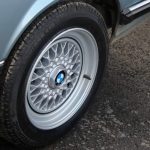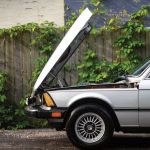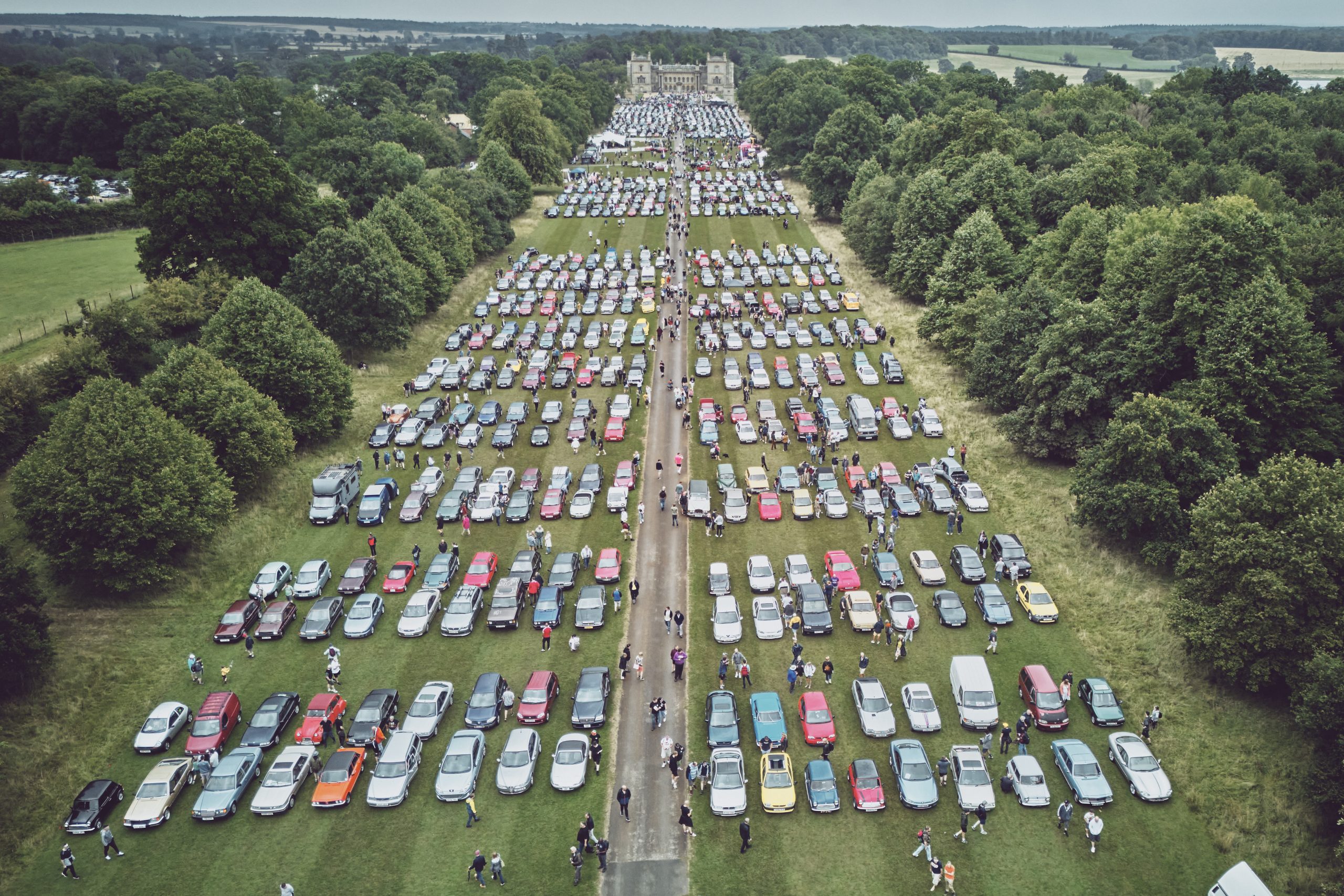Author: Richard Dredge
There’s no shortage of convoluted tales in the automotive sphere, but Borgward must be one of the hardest to pin down. A group of companies rather than an indvidual brand, the man behind it all was Carl Borgward, who was born in Hamburg in 1890. Having graduated in engineering by 1919, he set up an agricultural machinery company that year in partnership with Ernst Baerold, but within two years Borgward owned the company outright; he called it Bremer Kühlerfabrik Borgward & Co.
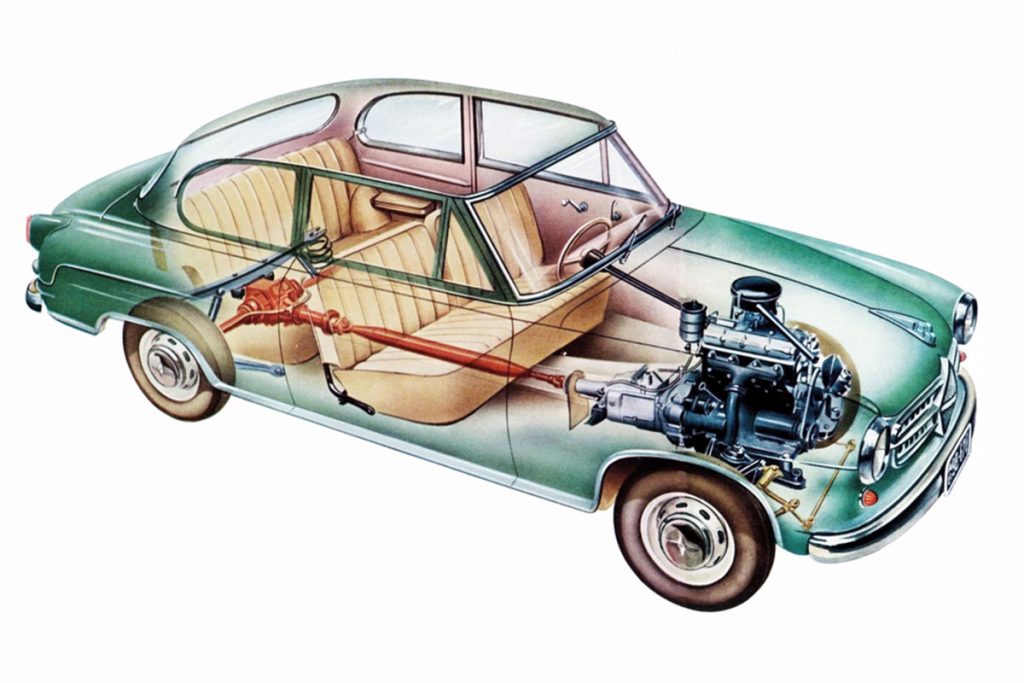
Three years later Borgward introduced the Blitzkarren, or Lightning Cart; a three-wheeler with a cargo box perched in the middle and room for a driver on a saddle at the back. Within another three years Borgward had created the Goliath brand, which sold a four-wheeled Blitzkarren, then in 1931 came the acquisition of Hansa-Lloyd, two car makers formed in the early 20th century, which had merged in 1914. It’s time to do a lot of glossing over now, because things continued in the same vein up to the start of World War 2, through it and out the other side. Along the way there were trucks, tanks, economy cars, luxury cars and more besides, but it was in June 1954 that the Isabella was unveiled, and it would be this stylish, high-quality family car that put Borgward on the map.

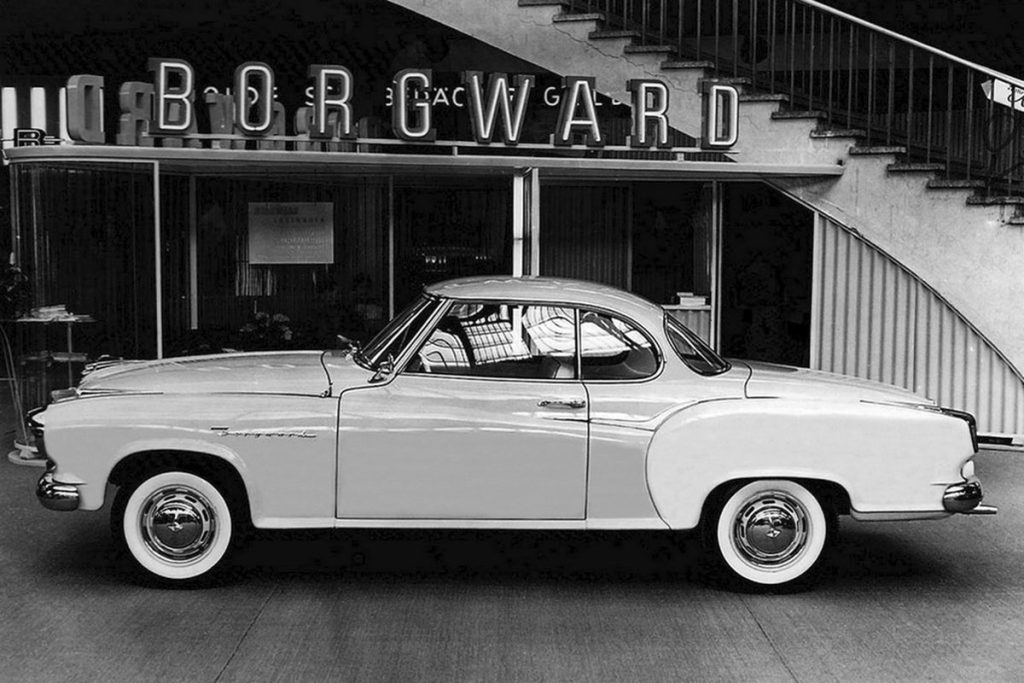
With its modern unitary construction, the Borgward Isabella was at the outset available only as a two-door saloon. It had an efficient single-carb 1493cc overhead-valve engine with an alloy head, and this sent its 60bhp to the rear wheels via a four-speed column-change all-syncromesh gearbox. With independent suspension all round incorporating wishbones at the front and swing axles at the rear, along with excellent brakes, the Isabella was a cut above the normal humdrum family cars of the time, but you had to really want one if you lived in the UK, thanks to large import taxes. Ex-factory the saloon was priced at £806, but by the time the government had taken its cut, this had ballooned to a hefty £1143. That was around £300 more expensive than a 2.7-litre Austin A90 Westminster or 2.2-litre Ford Zodiac, both of which were six-cylinder models.
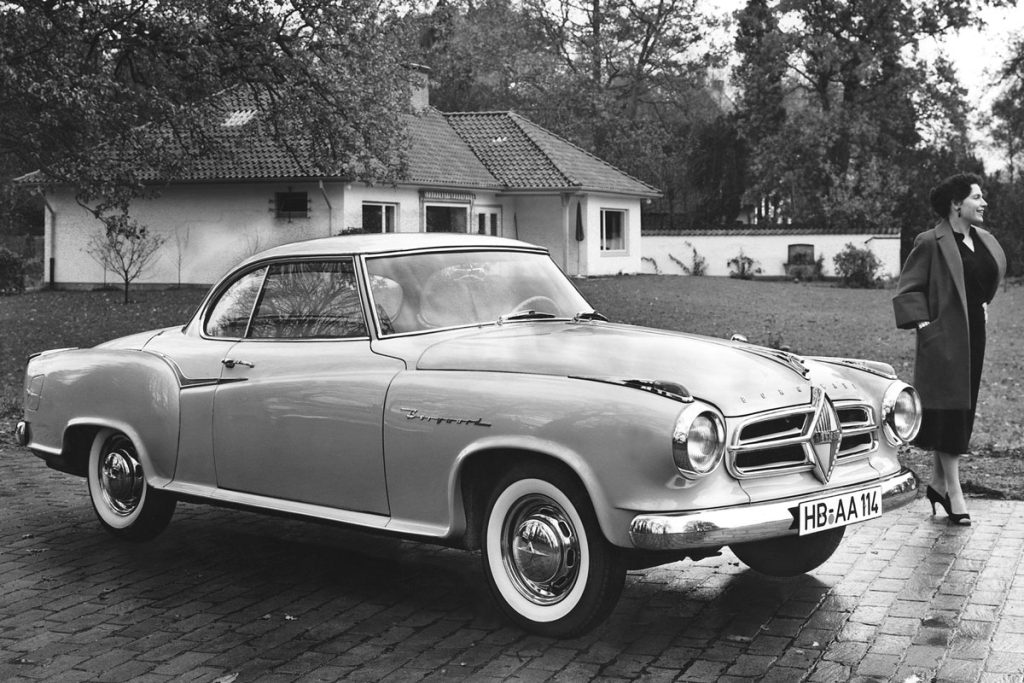

Unsurprisingly the Isabella didn’t fly out of the showrooms in the UK, but it proved very popular in its homeland, where the wares of BMW and Mercedes were unaffordable to most, while the Beetle was small and cramped in comparison. Borgward continued to develop the Isabella and by summer 1955 an estate called the Combi had joined the range, along with a cabriolet. Just a few months later, at the Frankfurt motor show the TS (Touring Sports) bowed in, complete with a tuned engine which pushed out 75bhp for even more spritely performance. The extra power was achieved by bolting on a twin-choke carburettor and raising the compression ratio; while power was boosted, so was efficiency, so there was no fuel economy penalty to pay for this extra performance. Bonus!
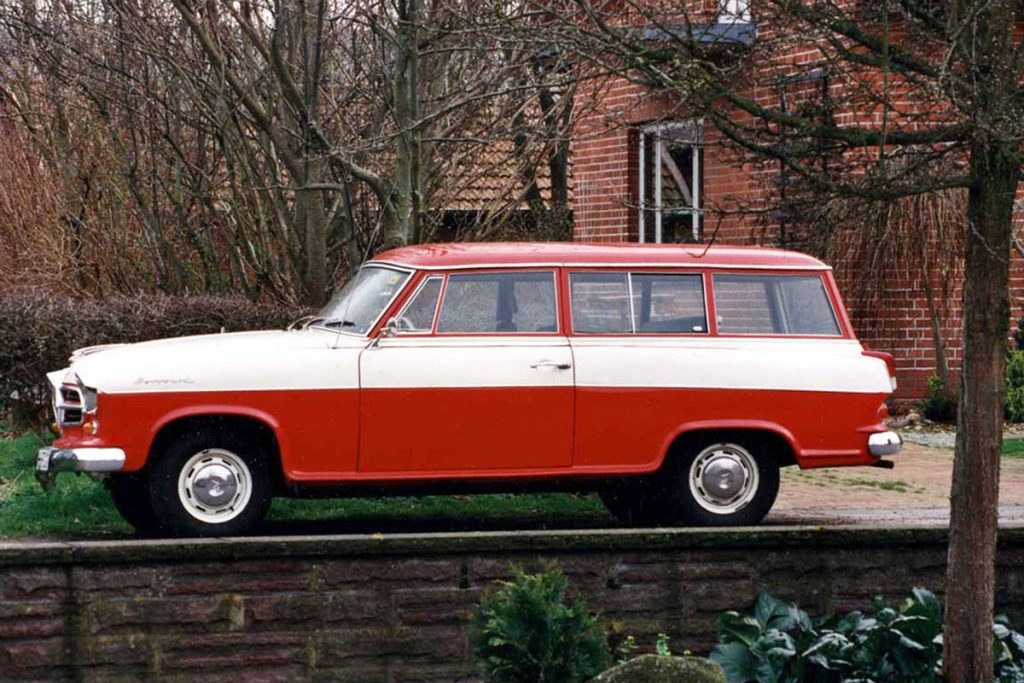
By the time The Autocar got round to testing an Isabella TS saloon in autumn 1958, the asking price was a not-insignificant £1426. That put it just short of a Jaguar Mk1 2.4 and £350 above a 2.2-litre six-pot Vauxhall Cresta. Being a Borgward salesman in the second half of the fifties couldn’t have been easy, although things were helped (a bit) by positive press coverage.
The Autocar reckoned the high cost was justified because the Borgward Isabella was technically advanced, very roomy, finished superbly and was very user-friendly to live with. Capable of cruising all day at an unruffled 80mph (the official top speed was 94mph), it was impossible to get less than 30mpg from the 1.5-litre engine, with 40mpg possible on a run. Summing up the Isabella, The Autocar said: “There is much to admire in this exceptionally large family 1 ½-litre, and little to prompt criticism. At a moderate ex-works price it provides roominess, high cruising speeds without fuss, quality construction, and unusually good fuel economy”.
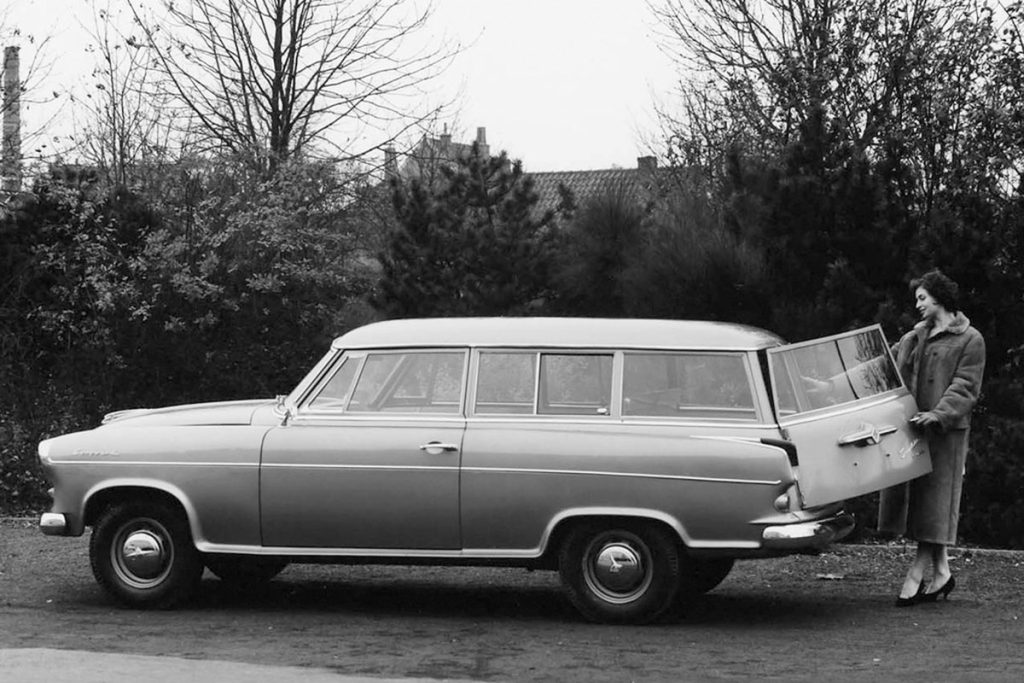
In August 1958 a facelifted Isabella went on sale, with a longer boot and redesigned tail-lights. At the same time more exterior trim was stuck on the bodywork to acknowledge the designs coming out of Detroit. A year later an automatic transmission was made available, but in the meantime (in 1959) there had been a return to luxury cars for Borgward, with the launch of the Big Six and Lloyd Arabella at the Frankfurt motor show. It was these cars that would lead to the downfall of the Borgward group. Development and production costs had got out of control, and Isabella sales had been on the slide for a while. By 1960, six years after the Isabella had first gone on sale, word had got out to the public, suppliers and the dealers that things weren’t going smoothly at Borgward. This led to a collapse in confidence in the company and from that point on, the writing was on the wall.
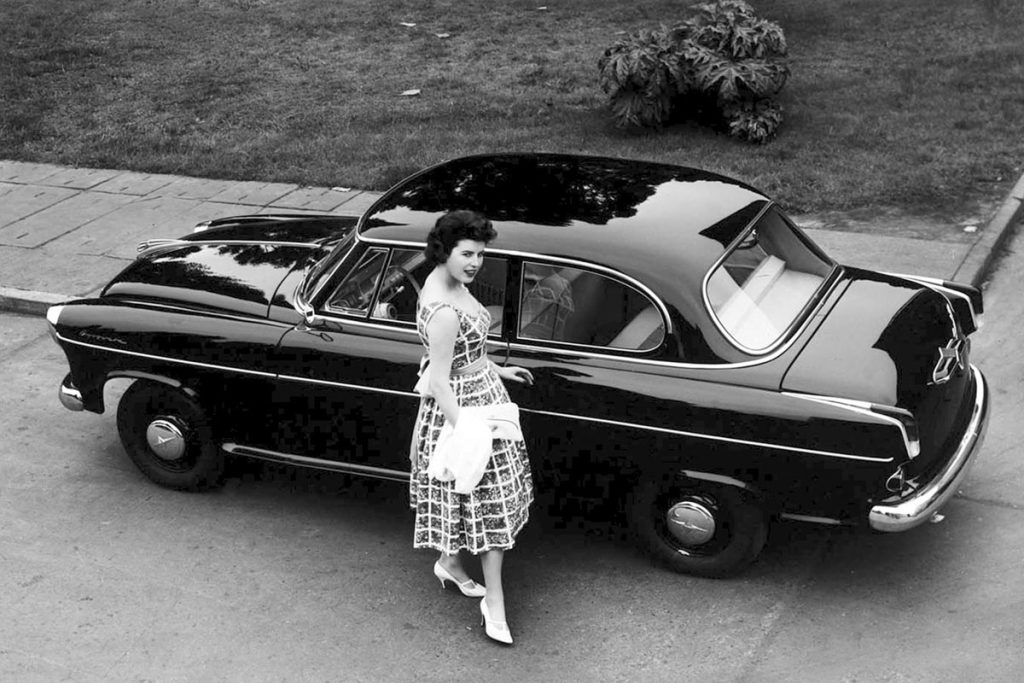
By 1961 it had all gone horribly wrong and the Borgward group was in receivership; the last Isabella was made in Germany in September 1961, by which time 202,862 examples had been made. But the Borgward marque wasn’t dead yet, because Argentina had been producing Isabellas since 1960. Assembly continued in South America until 1965, and in the five years of production 2295 cars were built. Even after that Borgward didn’t die because the Big Six went into production in Mexico in 1967, and continued to roll off the production lines until 1970, a full seven years after Carl Borgward had died at the age of 73.
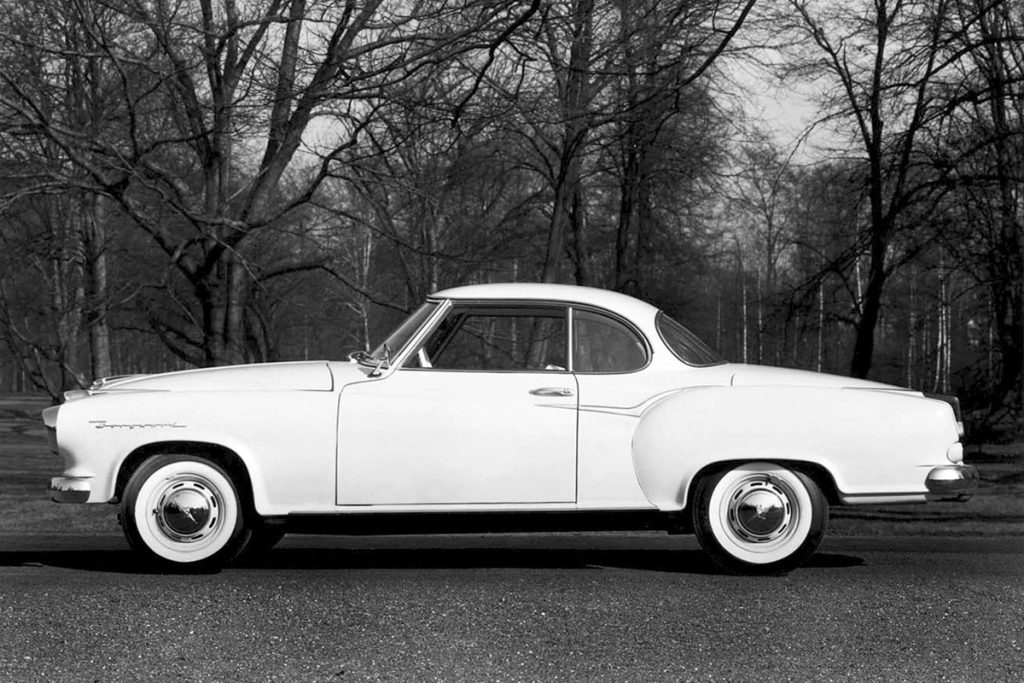
So in theory it was in 1970 that Borgward finally disappeared for good, except it returned in 2008, with Carl Borgward’s grandson Christian Borgward now at the helm. It would take until 2017 for the revived company to start building cars though – only to file for bankruptcy in 2022. The question now of course, is have we seen the last of the Borgward brand, or will it come back for more?
Protect the car you love
We’ve been insuring classics like yours for more than 19 years. Get classic car insurance from Hagerty and protect the car that you love.
